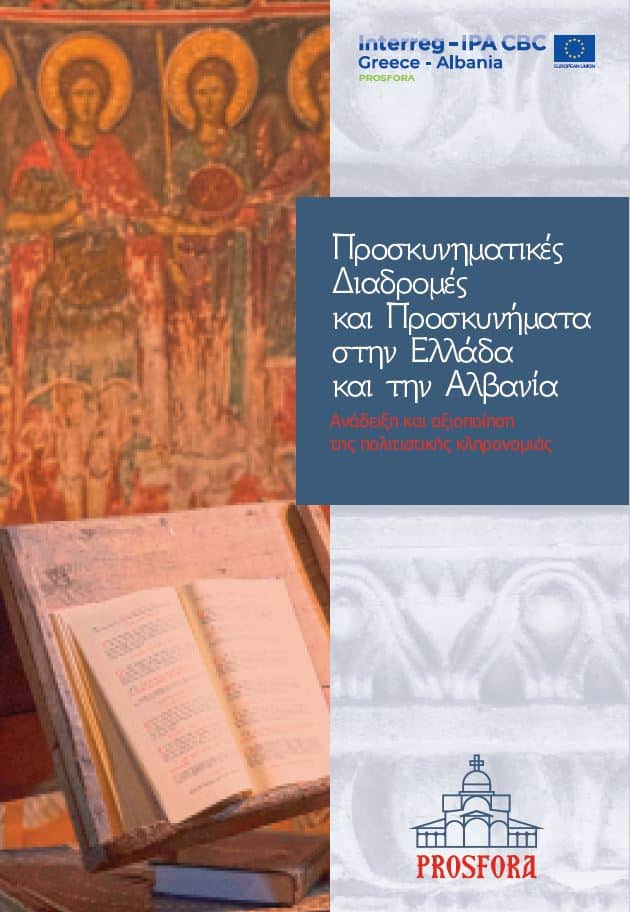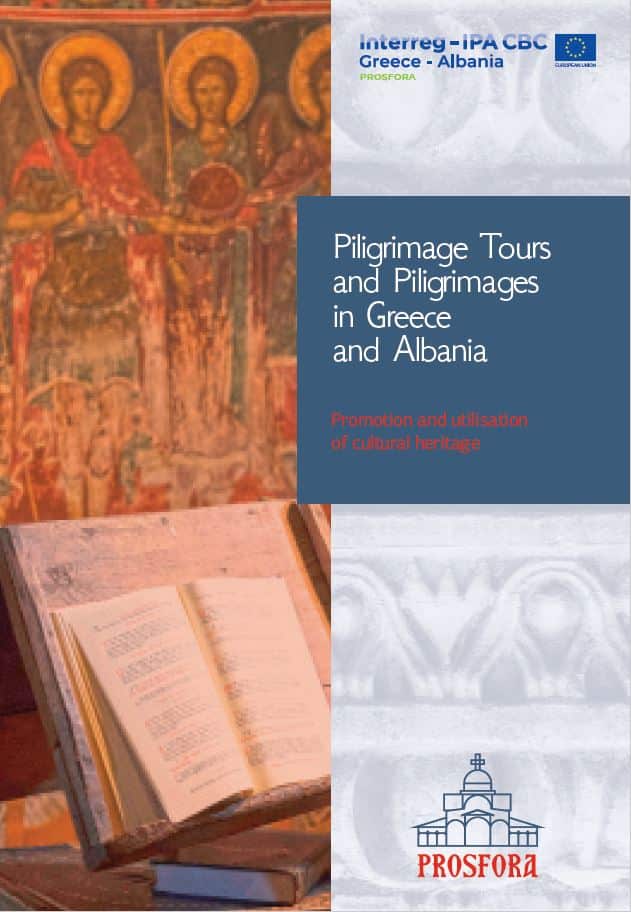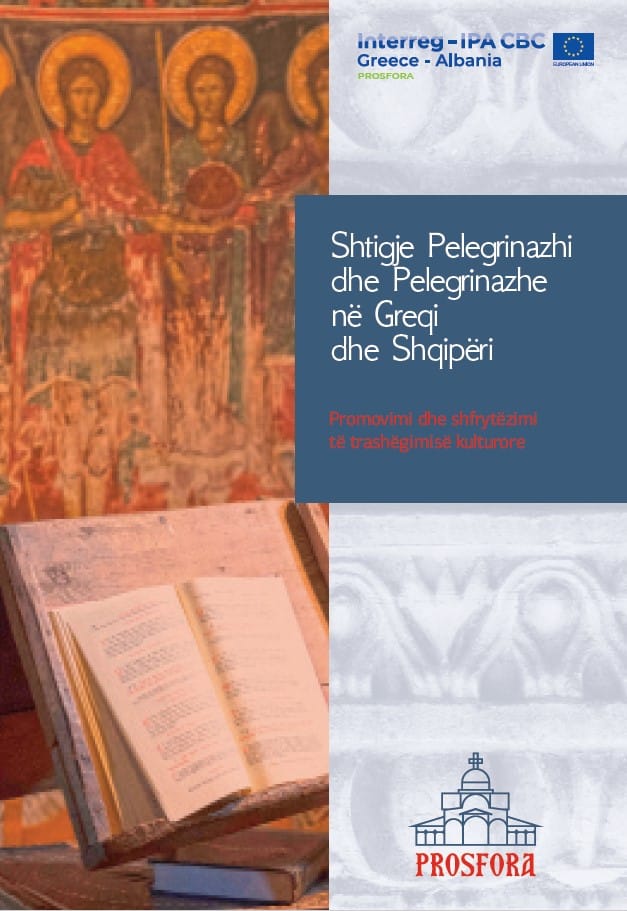HISTORY
At an altitude of 853 m above sea level, surrounded by the Pyrenees Mountains and the mountains Varnous, and Livaniskos, is located the Prespa Basin, a lake, consisting of two parts, the Great and the Little Prespa , places that communicate with each other, through a narrow channel.
The Prespa Lakes region, which is divided between Albania, Greece and northern Macedonia, is a cross-border protected area, established by a joint Declaration of the Prime Ministers of the three neighboring states in February 2000. The area is a very important natural forest, due to the biodiversity and endemic species that exist in it. At the same time, the area of Prespa is rich in historical monuments.
Along the shores of the lake and the hinterland there are prehistoric and medieval settlements, temples and monasteries, as well as rock caves with Byzantine hermitages and chapels, inside of which there are remarkable frescoes. These hermitages on the shores of Lake Prespa date from the middle of the 13th to the middle of the 16th century, confirming the presence and continuation of Byzantine art and monasticism in the area, even after the fall of Constantinople.
The single-nave church of the Birth of the Virgin is built in a large cave on the rocky and uninhabited island of Maligrad on the lake of Great Prespa, near the village of Pustec. It is a single-aisled basilica, small in size, covered by a semi-cylindrical arch. Based on the surviving founding inscriptions, the temple was originally built and painted in 1344/5 by Boyko and his wife Evdokia, together with their children and is a typical example of the time. We are informed from the sources that the art of the wider area of Prespa was directly dependent on Ohrid, an important ecclesiastical center of the time, and influences from well-known workshops that are active, during the 14th century.
In the initial phase of construction, the temple was a single-nave basilica, with a low two-pitched roof. In 1368/9, during the reign of the Serbian king Vukašin, renovation and painting works of the church were carried out, on the initiative of the ruler of the region, Caesar Novako. During the renovation, the church became taller, its wooden roof was replaced by a semi-cylindrical arch and it was painted inside and out.
The interior and exterior decoration of the temple is extremely interesting. From the first phase (1344/5) a small part of the mural decoration is preserved on the east wall of the Sanctuary and in the lower parts of the north and south wall. These sections stand out for their calligraphic and decorative character, the strict characteristics of the portraits and the colors. The frescoes of the second period (1368/9) extend to the rest of the interior of the church and are arranged in two zones on the east and in three zones on the south, west and north wall. On the west façade is located one of the most beautiful representations of the temple, in which can be seen the ktetor Caesar Novakos with his wife Kali, their daughter Maria and their son Amiralis. An image of the same person can be found in the Byzantine church of Mborje in Korçë, which is dedicated to the Ascension of the Lord.
The frescoes of the second phase are distinguished for the liveliness of the compositions, the movement of the faces, the expressiveness of the portraits and the variety of colors and are considered a typical example of art, during the Palaeologan Renaissance of the 13th-14th century. The scenes of the temple in Maligrand, according to the observations of Professor E. Tsigaridas, belong to the same iconographic tradition with monuments decorated by workshops of Thessaloniki, of the first period of the Palaeologans, with themes and stylistic features adopted by the artists of workshops of Kastoria, during the second half of the 14th and the first half of the 15th century. The workshop that painted the frescoes of the Church of the Birth of the Virgin, in Maligrand, in Great Prespa, seems to be the same as the one he worked on in Mborje (1390), as well as in the church of Saint Athanasius of Myzeqeja, in the city of Kastoria (1383/84).













